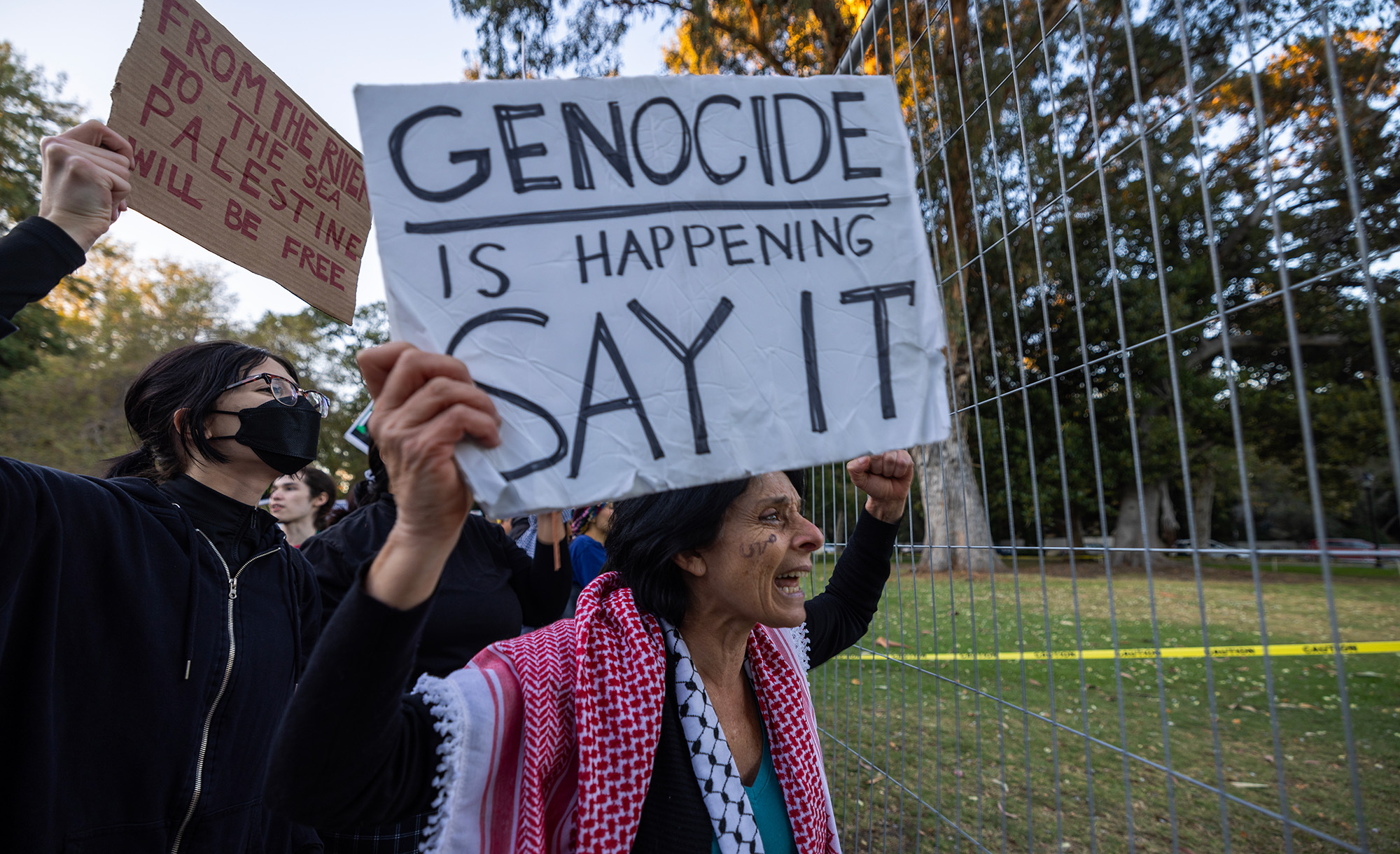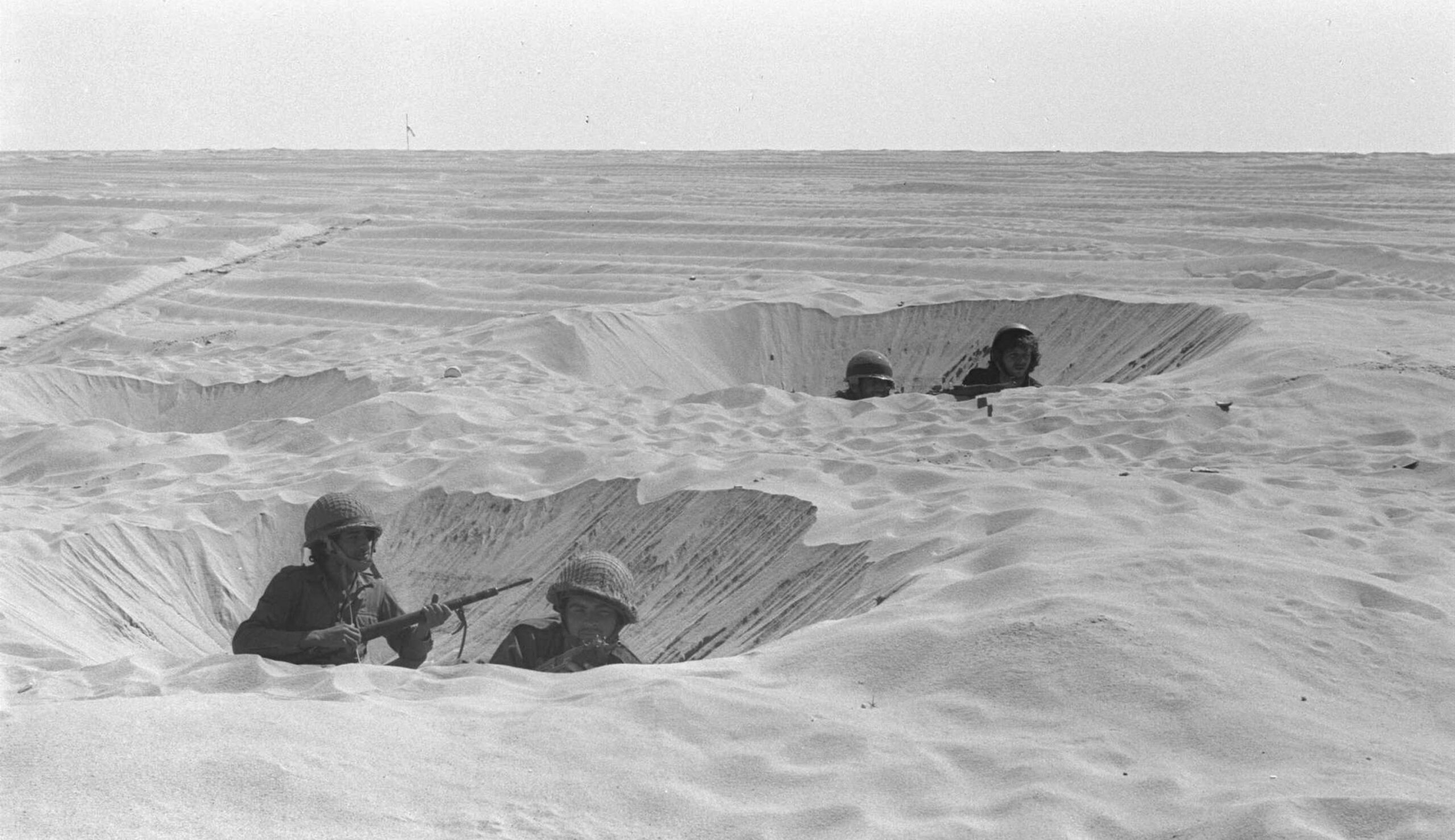The largest amphitheater of the ancient world, Rome’s Colosseum still attracts visitors even in its ruins. It was constructed under the emperors Vespasian and Titus, who suppressed the Judean Revolt, sacked Jerusalem, and destroyed the Second Temple. As Yvette Alt Miller explains, these details are connected:
Visitors to the ancient Colosseum in Rome are awed by its sheer size. Measuring 620 by 512 feet, it’s a massive structure; six-and-a-half football fields could fit inside its space, with room to spare. Rising four stories into the sky, the Colosseum has 80 entrances and used to hold more than 50,000 spectators who flocked to this landmark to watch games during the height of the Roman empire.
Titus became emperor . . . in 79 CE and launched a vast building project to transform Rome. The centerpiece of his program was building a huge arena near the Forum which could seat 50,000 viewers and host the most lavish games that Rome had ever seen. (It was named . . . after a nearby massive statue of the emperor Nero, called the Colossus.) The Colosseum was funded by booty from the Jewish War, and likely was built at least in large part by Titus’ 50,000 Jewish slaves.
Construction took ten years. It was grueling, backbreaking work, under the scorching sun of burning Roman summers. It’s unknown how many slaves died during its construction; their deaths, like their names and their lives, are lost to history.
Funded by the booty of Judea, including the precious golden and silver vessels and decorations from the Jewish Temple in Jerusalem, the Colosseum could not have been more different from the source of wealth which enabled its construction. Where the Jewish Temple has been a vehicle for holiness, the Colosseum housed an orgy of death.
More about: Ancient Rome, Jewish history, Judean Revolt


